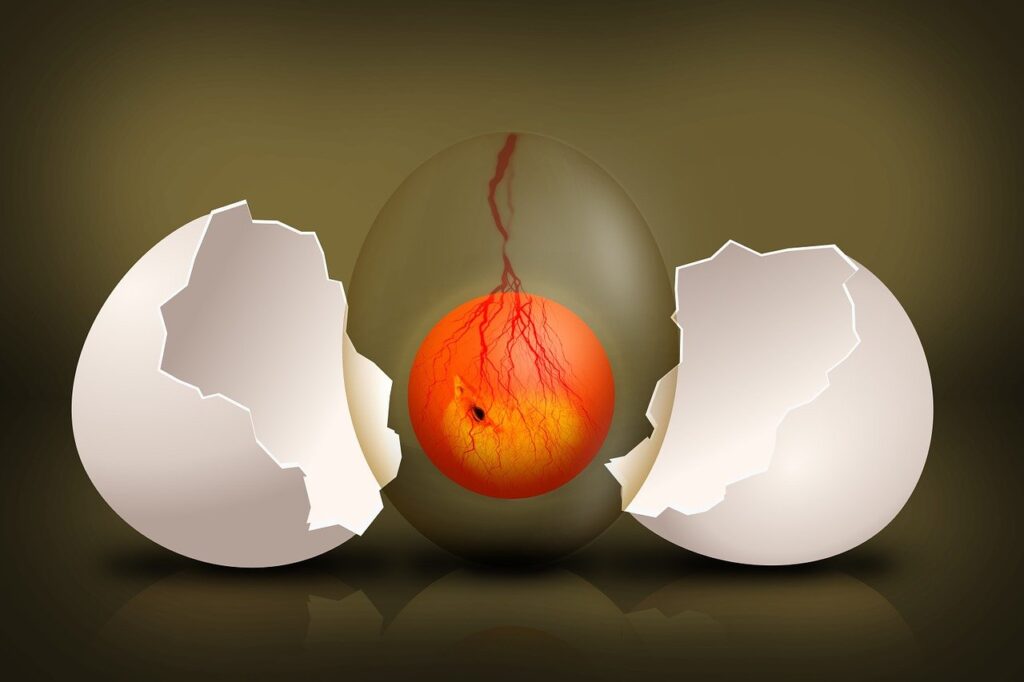The illusory correlation refers to the error by the human mind that finds correlations between two events that are not correlated. These are sweeping generalisations by the brain that wants to conclude an event quickly (and efficiently). While we all are victims of this bias – fear of strangers, patterns of momentum in share prices, trust in lucky charms – it is not fun to know that psycho-diagnosticians, too, make these errors.
DAP and Rorschach
The pioneering works of Chapman and Chapman analysed popular psychodiagnostic tests such as Draw-a-Person (DAP) and Rorschach in the 60s. In one such study, the researchers presented drawings and descriptions of random symptom statements to a batch of practising clinicians and naive observers. You may know that psycho-diagnosticians have standard checklists correlating the behavioural characteristics of patients with their sketches. And it was no surprise that the observers fell for the stereotypes, just as the clinicians, correlations between random drawings of broad shoulders with manliness, large heads with intelligence etc.
Chapman, L. J.; Chapman, J. P., 1967, Genesis of popular but erroneous psychodiagnostic observations, J Abnorm Psychol, 72(3), 193
Chapman, L. J.; Chapman, J. P., 1969. Illusory correlation as an obstacle to the use of valid psychodiagnostic signs, J Abnorm Psychol, 74(3), 271

